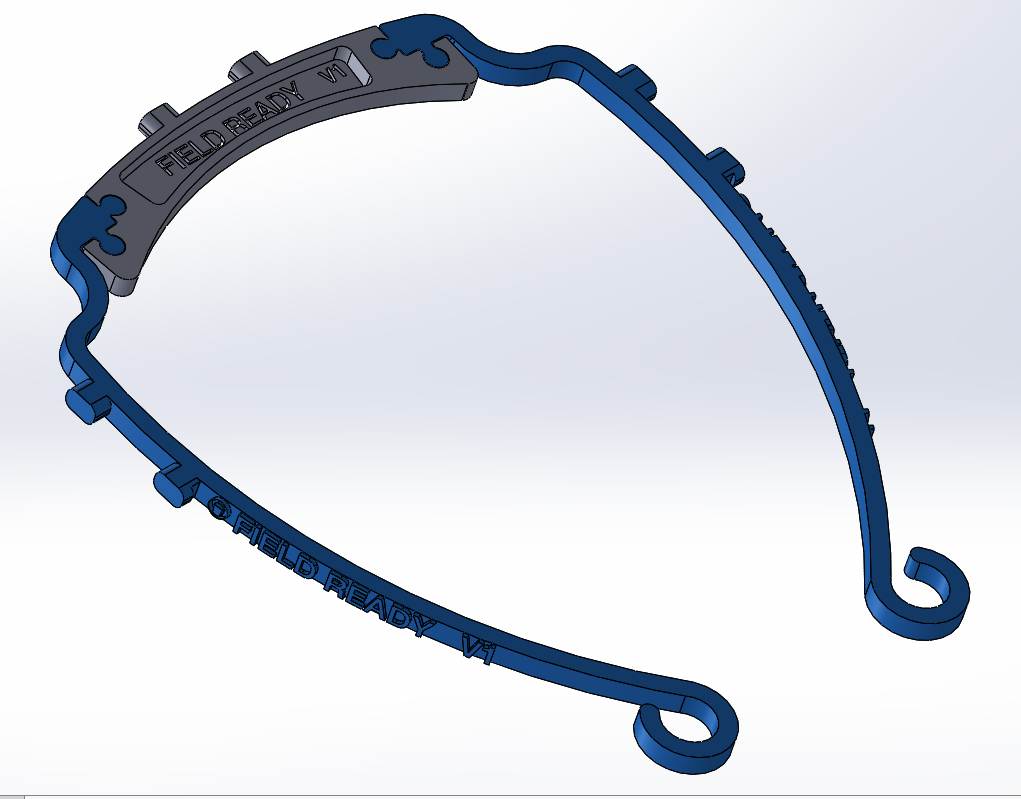This User-experience (UX) experiment approaches a better understanding of Product Design for Humanitarian Aid. The components of this experiment are:
The product is a face shield.
The QR Codes contain the URLs.
The Packaging includes documentation.
The consumables are transparent PVC A4 sheets.
The hypothesis:
This design aims to solve the issues of some Face-shield products, like printing time, machine bed size required, and repairment, but also integrating; tracking, labeling, packaging, customer service, and disposal. This design had a short lifetime caused by its form before the redesign.
If the product requires an assembly process, the user will pay more attention to some details of the product's physical integrity.
If the user receives consumables alongside the package, the user will preserve longer the packaging alongside user valuable information.
If some of the products broke, the user should be able to interchange different parts with other broke products, then reducing wasted material and reducing the amount of material and energy wasted.
If the user can sanitize and dispose of the product properly, then the product will increase accountability.
Using two QR codes, one for a survey, and the other will give instructions for cleaning and assembly will lead the user to an improved measurable usage.
By integrating the "Field Ready's" brand and color in the design, the product, will improve brand recognition. Labeling and packaging should also integrate these features.
The usability testing will take place with users in Tuxtla Gutierrez, Mexico, who are currently struggling for protective equipment in public hospitals.
This project is also being document in Field Ready's wikifactory.
https://wikifactory.com/@kny5/3-pieces-faceshield-model
Greetings from Mexico.

 Antonio Anaya (kny5)
Antonio Anaya (kny5)
Discussions
Become a Hackaday.io Member
Create an account to leave a comment. Already have an account? Log In.